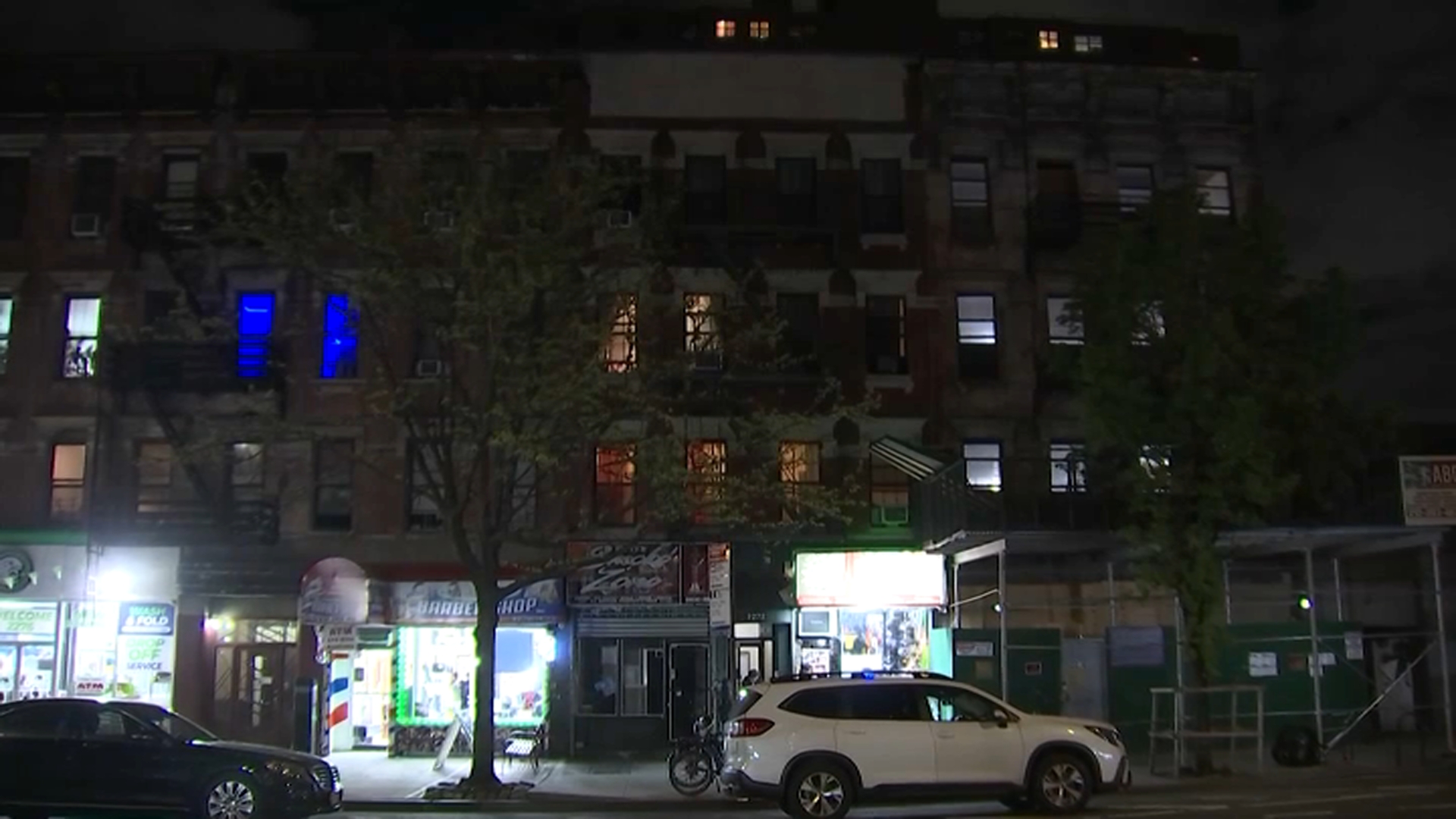As the New York City school year is set to start again, some school children are going back to classrooms for the first time since March 2020. For reference sake, that means a child entering high school this year may not have been inside a classroom since halfway through seventh grade.
And as the vast majority of kids get ready to return (some will be able to continue doing remote learning if given special permission, the mayor recently said), the city is sharing its policies regarding COVID safety in schools.
With remote learning still not an option for other students, despite petitions and calls from parents and teachers, Mayor Bill de Blasio again underscored the importance of bringing students back to in-person learning and touted how the largest school district in the U.S. last year was able to keep coronavirus cases to 0.03% positive, or as he called it, "almost nonexistent."
"It was literally one of the safest places to be in New York City," de Blasio said at his daily news briefing. "We intend to do that again, with an extraordinary set of health and safety measures, but with a tool we didn't have for most of last year, vaccination, and vaccination on a massive, massive scale."
Get Tri-state area news and weather forecasts to your inbox. Sign up for NBC New York newsletters.
The United Federation of Teachers issued a statement on the school protocols, cheering the decisions regarding masking, ventilation, social distancing and testing. The UFT also was happy that "the mayor has finally acknowledged the need for virtual instruction for medically fragile children and for those in quarantine." The union said details regarding remote instruction were still being worked out.
Here are some of the protocols that New York City schools will be following, with a handful of the guidelines (such as quarantine and building closure guidelines) having changed since the last year, with all information also available here at the city's website.
Local
Vaccinations and Health Screening
All New York City Department of Education employees, including staff based in schools, is required to be vaccinated, and must show proof of having at least one dose administered by Sept. 27. While there is no COVID vaccination requirement for children, the city strongly encourages all eligible students 12 and over to be vaccinated.
There is an online portal students and families can use to enter their vaccination status. Proof of vaccination includes an image of a vaccination card, NYS Excelsior Pass, or other government record.
All students and staff must also complete a health screening form before entering school each day, confirming that they do not currently have COVID-19 symptoms, have not recently tested positive for COVID-19, and are not currently required to quarantine based on close contact with an infected person. All students and staff feeling ill must stay home and get tested for COVID-19.
Face Coverings and PPE
Face coverings are required for all students and staff riding on school buses and anywhere on school grounds, indoors and outdoors, regardless of vaccination status, unless a medical exemption is provided.
Face masks may be removed at lunch time so students can eat comfortably at a safe distance from one another, or during designated "mask breaks."
Social Distancing
New York City schools are following CDC guidelines regarding physical spacing, which "recommends schools maintain at least 3 feet of physical distance between students within classrooms to reduce transmission risk."
When and if possible, elementary schools will keep groups of students consistently together or have teachers move between classes in order to minimize the amount of movement of students throughout the school.
COVID-19 Testing
Ten percent of unvaccinated individuals at each school who have submitted consent for testing will be tested biweekly. Students and staff who are fully vaccinated have no testing requirement.
In order for students to participate in the in-school testing program, parents must provide consent for children. The consent form can be downloaded here, or parents can fill it out in their NYC Schools Account (NYCSA).
Positive COVID-19 Cases in Schools: Closures and Quarantines
This is the one part that gets fairly different from last year. There are different quarantine protocols depending on what grade a positive case is found in, and depending on the students' vaccination status.
If there is a positive case with a student in an elementary school classroom, all students in the class will be instructed to quarantine for 10 calendar days, and will conduct remote learning for that time period.
It gets more complicated in middle and high school classrooms. If there is a positive case in a classroom, students who are:
- At least 12 years old, vaccinated and not symptomatic: Can continue to attend school in-person, but are encouraged to get a COVID-19 test 3 to 5 days after exposure, out of an abundance of caution.
- At least 12 years old, vaccinated and are symptomatic: Will be directed to quarantine for 10 calendar days, and will have access to remote learning for that time
- Unvaccinated: Will quarantine for 10 calendar days and will have access to remote learning. On day 5 of the quarantine, students may take a COVID-19 test, and can return to in-person learning after day 7 with a negative result
Schools will only be closed only when it is determined by the city's Department of Health and Mental Hygiene (DOHMH) that there is widespread transmission in the school. Such closures will likely be rare occurrences.
Remote Learning Options
The city's Health Department determined that students who have one of the following conditions can be approved for medically necessary remote instruction:
| Active Cancer | Adrenal Disorder | Cerebral Ataxia | Chronic Renal Diseases |
| Congenital Heart Condition | Congenital Lung Disease | Cystic Fibrosis | Gastro/Crohn’s Disease |
| Heart Conditions | Leukemia | Liver Disease | Lymphoma |
| Metabolic Disorders | Multiple Sclerosis | Muscular Dystrophy | Seizures |
| Sickle Cell | Stroke | Thalassemia | Tumor |
Any family with a student who is immunocompromised due to a medical condition or treatment for a medical condition may apply for medically necessary instruction. Applications from families with any condition not listed will undergo review to determine eligibility.
Other Guidelines: Ventilation, Cleaning, Outdoor Learning
All rooms being used by students and staff for extended periods of time have fully operational ventilation through either natural, mechanical, or a combination of means. Every NYC classroom has two HEPA purifiers and cafeterias in bigger schools have large HEPA units for added protection and window-based exhaust fans to provide additional air circulation.
All classrooms and common areas (auditoriums, gyms, etc.) have hand sanitizer and disinfectant wipes available. High-touch areas (doorknobs, water fountains, etc.) are cleaned multiple times throughout the day, and each classroom is deep cleaned and disinfected daily using electrostatic technology.
As for outdoor learning, NYC schools will continue to use school yards, street space and parks as additional space for learning, with schools in areas hardest hit by COVID-19 getting priority for the program.



